Understanding Terminal Insulation Types: A Cross-Connector Comparison
When selecting the different types of electrical connectors or terminals, choosing the right insulation type is just as important as selecting the right connector style. From butt connectors to push-on terminals and ring terminals, Del City offers a wide range of insulation options tailored to different environments and performance needs. Here’s a breakdown of six common insulation types and how they apply across these three connector categories, butt, push-on and ring connections.
Heat Shrink Terminals
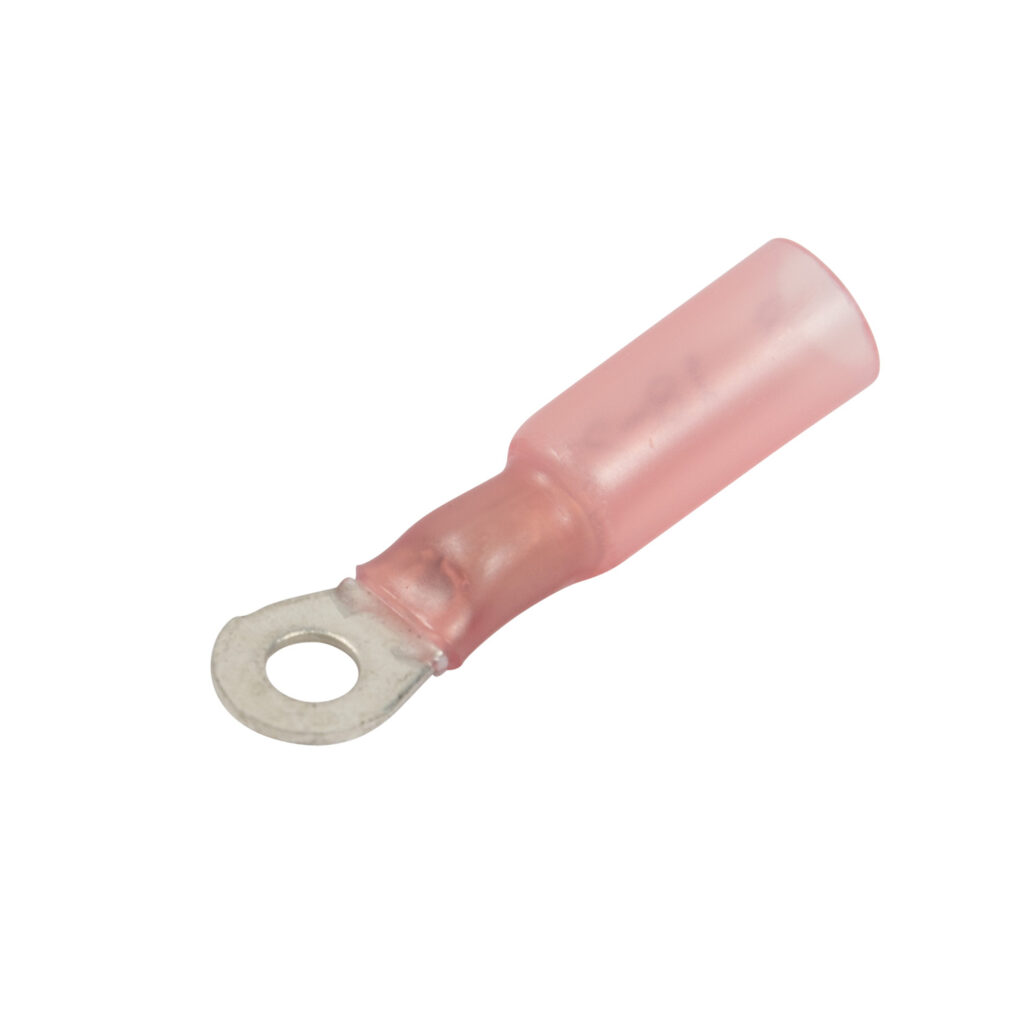
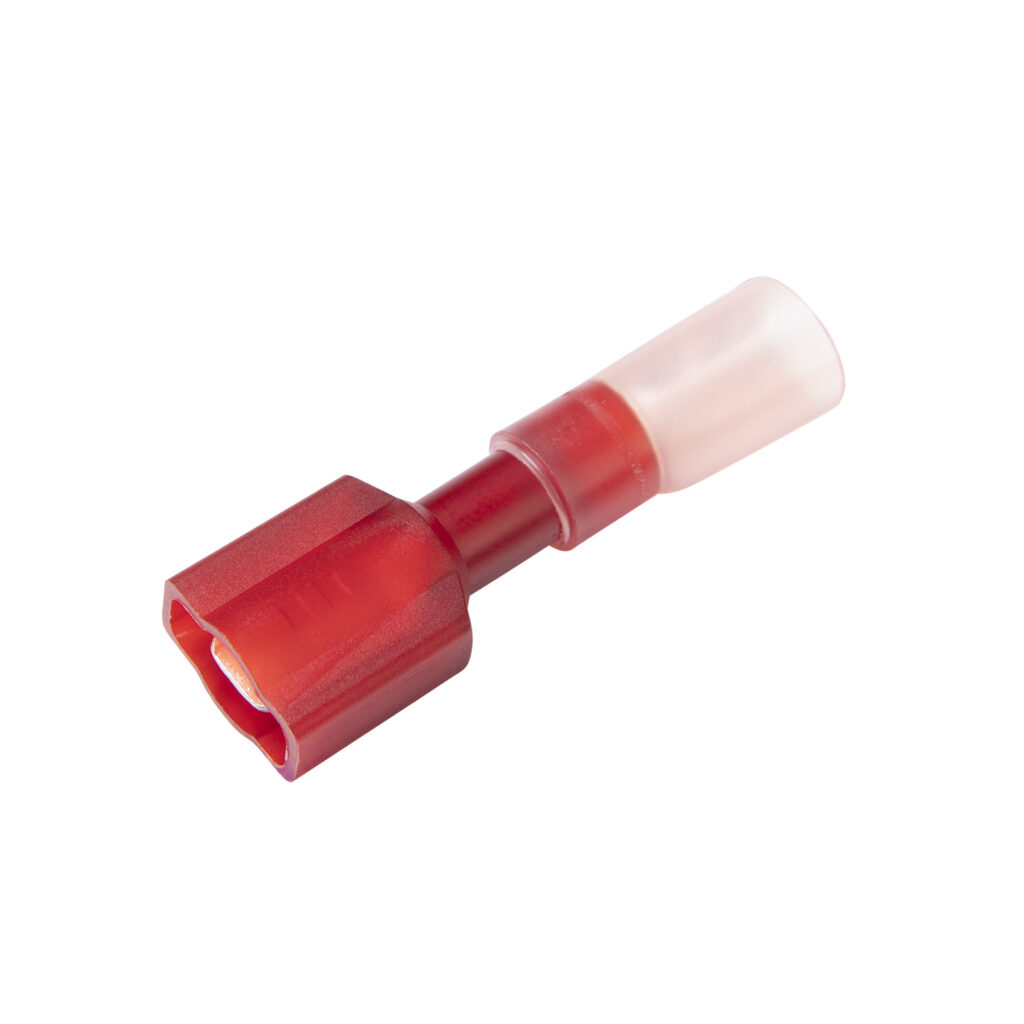

Best for: Waterproofing and harsh environments
Heat shrink terminals feature adhesive-lined insulation that shrinks when heated, creating a moisture-resistant seal. These are ideal for marine, automotive, and outdoor applications where corrosion and vibration protection are critical.
- Butt Connectors: Crimp + heat for sealed splices
- Push-On Terminals: Quick disconnect with sealed ends
- Ring Terminals: Crimp or solder options for screw/stud connections
Nylon-Insulated Terminals
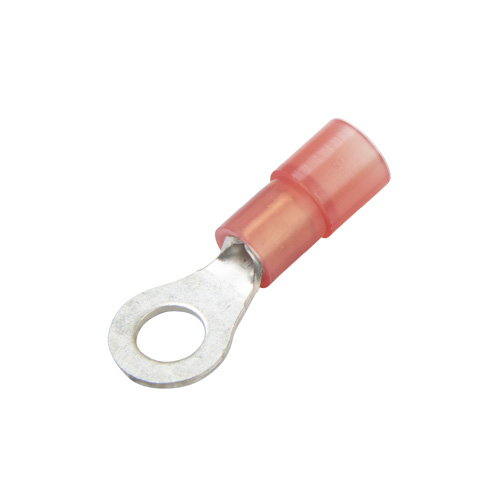


Best for: Flexibility and moderate heat resistance
Nylon insulation is more durable and pliable than vinyl, offering better resistance to heat and vibration. These are great for automotive and marine use.
- Butt Connectors: Clear insulation for visual inspection
- Push-On Terminals: Includes flag-style options for tight spaces
- Ring Terminals: Available in clear nylon and brass sleeve styles
Vinyl-Insulated Terminals

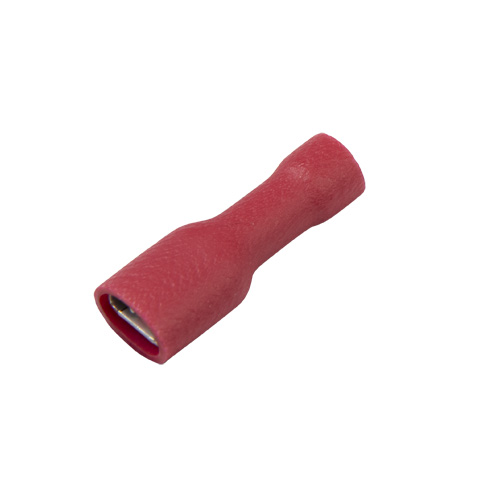

Best for: Cost-effective general use
Vinyl insulation is the most economical choice, offering basic protection and easy wire insertion.
- Butt Connectors: Color-coded for wire gauge
- Push-On Terminals: Includes piggyback styles for dual connections
- Ring Terminals: Butted seam and funnel entry designs for easy crimping
High-Temperature Terminals



Best for: Extreme heat environments
Made from heat-resistant materials like nickel-plated steel, these terminals withstand temperatures up to 900°F (482°C) continuous.
- Butt Connectors: Ideal for engine compartments
- Push-On Terminals: Great for industrial machinery
- Ring Terminals: Perfect for motors, ovens, and high-heat zones
Non-Insulated Terminals
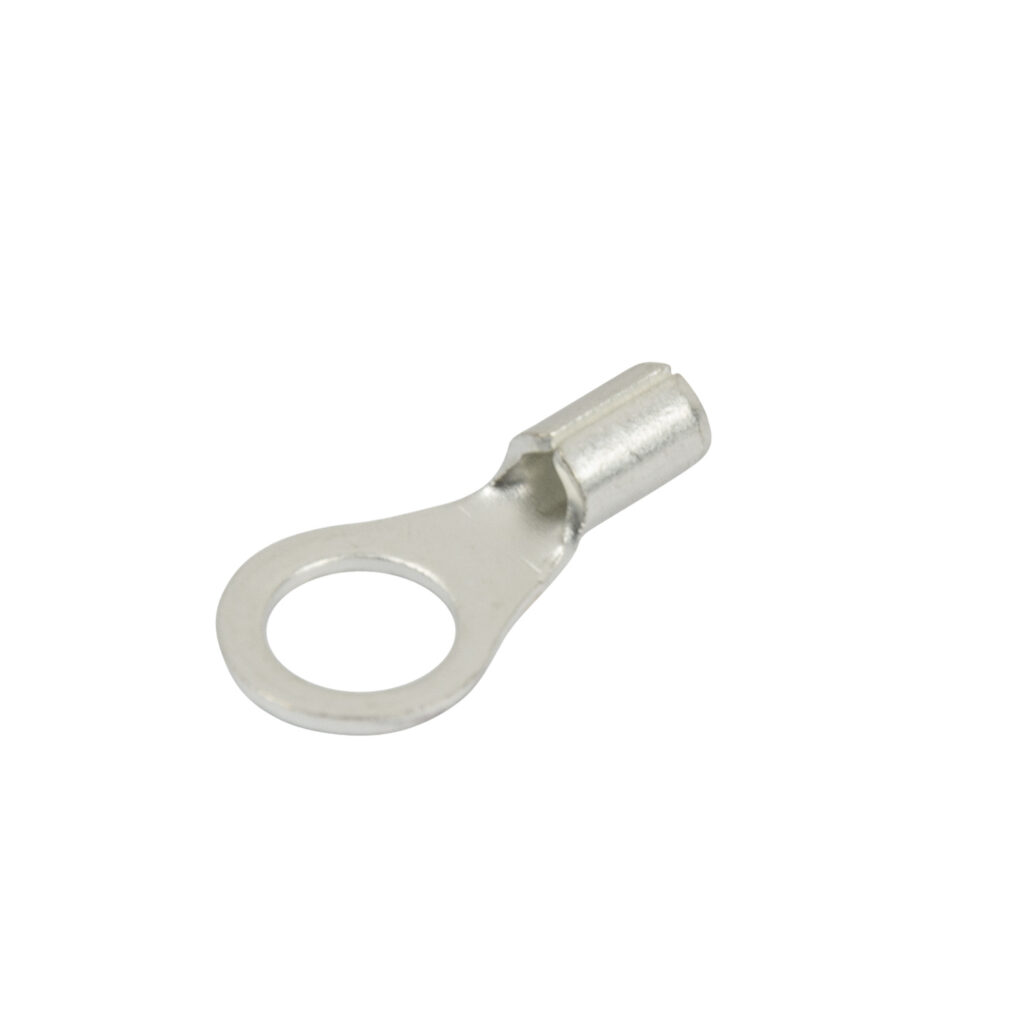
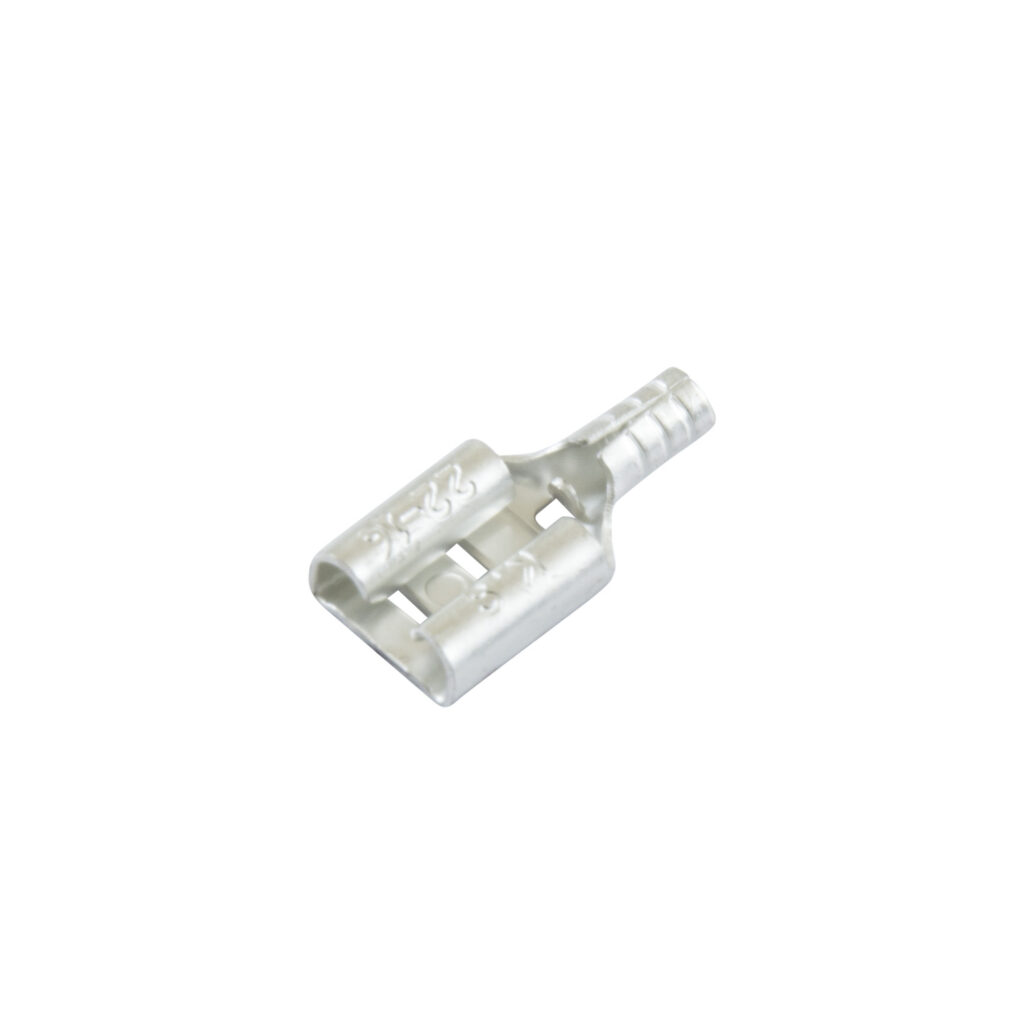
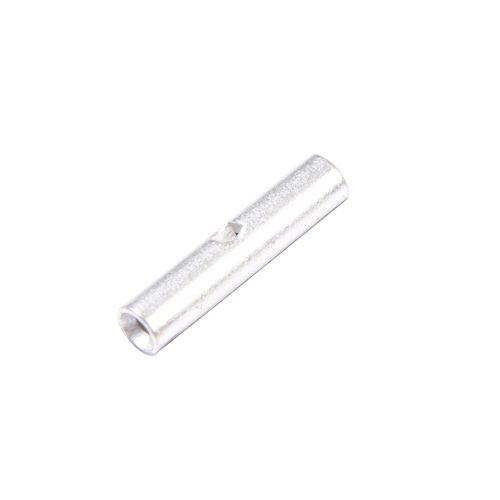
Best for: Custom insulation or low-cost applications
These bare terminals are perfect when insulation isn’t needed or will be added separately.
- Butt Connectors: Simple crimp-only splices
- Push-On Terminals: Economical blade connectors
- Ring Terminals: Available in long neck, flag, and star styles for versatile use
Comparison Table
| Connector Type | Insulation Material | Waterproof | Heat Resistance | Installation Method | Best Use Case |
|---|---|---|---|---|---|
| Heat Shrink | Adhesive-lined polyolefin | Yes | High | Crimp, Solder and Heat Shrink | Marine, automotive, outdoor environments |
| Nylon-Insulated | Nylon | No | Moderate | Crimp | Flexible, durable indoor/outdoor use |
| Vinyl-Insulated | PVC (Vinyl) | No | Low | Crimp | Basic indoor electrical work |
| High-Temperature | High-temp materials | No | Very High | Crimp | Engine compartments, industrial settings |
| Non-Insulated | None | No | Low | Crimp and Optional Heat Shrink | Custom insulation or low-cost applications |
Final Thoughts
If you’re splicing wires, creating quick disconnects, or securing connections to studs, choosing the right insulation type ensures long-lasting performance. Del City’s extensive selection of terminals across all three categories—butt, push-on, and ring—makes it easy to find the perfect match for your project.
